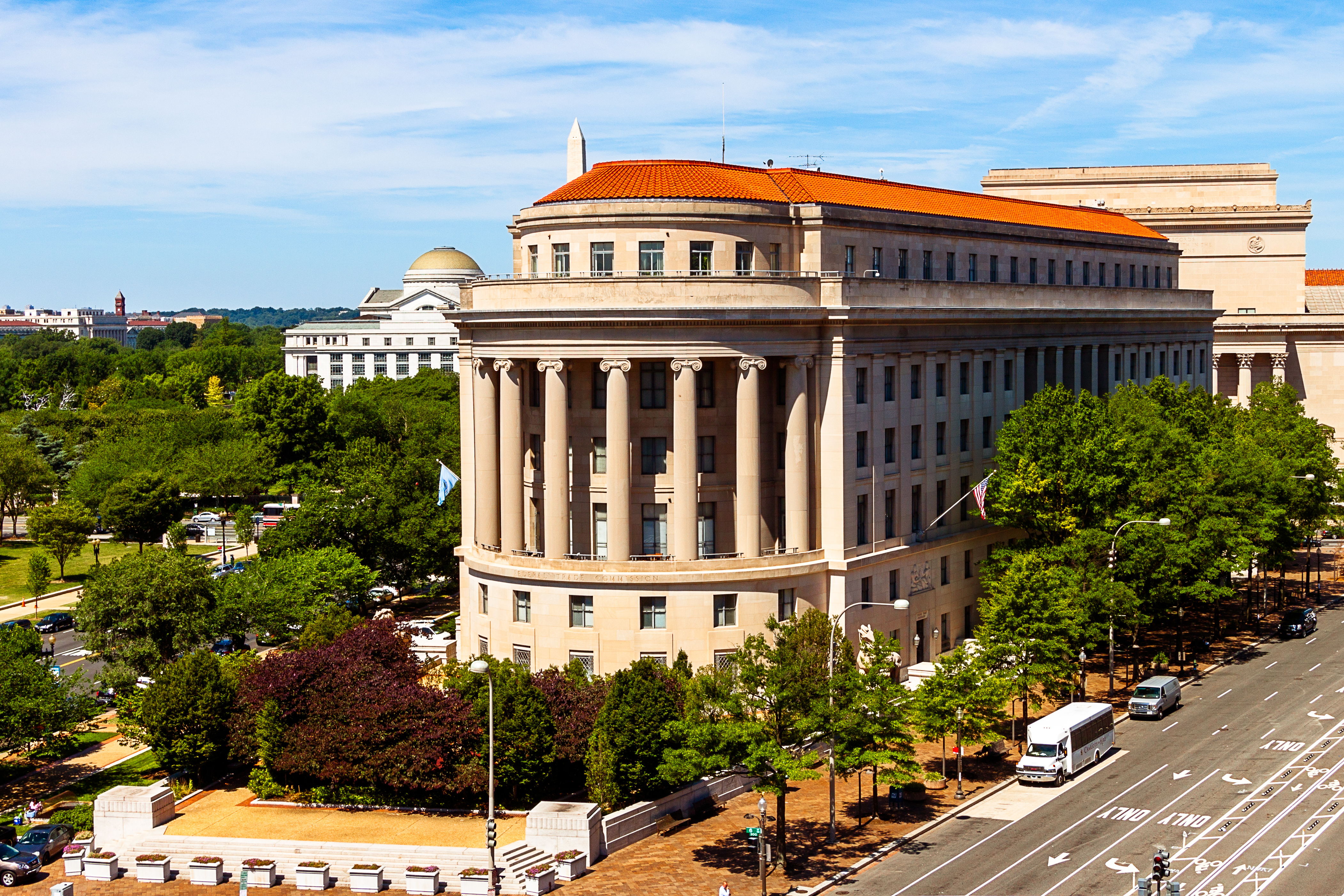
How much does it cost for a pharmaceutical company to get one new drug onto the market? As with all variations of “what does it cost” questions the answer is complicated. Any such answer requires explanation of what the calculation means.
Other posts discussing this issue:
- 3/1/12: What does it cost to invent a new drug?
- 6/2/14 – Another explanation why meds cost so much; this ties into the GIK valuation issue
According to a 2016 study by Tufts Center for the Study of Drug Development, here is their calculation of what it takes to get one compound to the point of where it is approved for sale:
- $1.395 billion – out-of-pocket costs – actual cash expended at the point approval is obtained to sell the compound
- +$1.163 billion – “time costs”, in other words the capitalization of having to invest more than a billion dollars over many years – this represents the opportunity cost of having otherwise been able to invest that money in something else that would have produced a return earlier
- =$2.558 billion – total capitalized cost at point of receiving approval to sell one compound
- +0.312 billion – costs incurred for follow-up required by FDA as a condition of obtaining approval – this includes factors such as monitoring long-term side effects, monitoring safety, looking at new formulations or dosage strength
- =$2.870 billion – total lifecycle costs to develop one new medicine that is approved by the FDA for sale
The study was based on a random selection of 106 drugs from 10 pharmaceutical companies. Since that is a random selection presumably the calculation would apply to all medicines.
The study rolls into the calculation the cost for medicine that is abandoned before it gets to the point of FDA approval.
Previous estimate of cost to develop on medicine
Article says a previous calculation in 2003 gave a cost of $802 million to develop one medicine. Adjusted to 2013 dollars this is about $1 billion. The $1B amount in 2003 is comparable to the $2.6B cost excluding after-approval costs.
Article says that is a 145% increase over the decade. I calculate that to be a 9.4% annual increase in costs.
Guess on costs in 2020
Those amounts are in 2013, so if you wanted a current dollar number in 2020 you have to adjust the 2013 dollars to 2020 dollars. In other words add another seven years of rising costs.
I have no clue on what the rise in costs to develop a new compound have been over the last seven years, so let’s assume the increase is the same as from 2003 through 2013.
I’ll show my work:
- 145% – 10 year increase per study
- 1.094% – annual compound increase
- 87.2% – compounded seven year increase
That suggests the following costs, rounded to nearest 10th of 1 billion:
- $2.6B – out-of-pocket cost
- $4.8B – fully capitalized cost
- $5.4B – lifecycle costs including aftermarket monitoring and analysis
How many drugs are abandoned during clinical trials?
A separate study cited in the article below describes the high failure rate of medicine that go through clinical trials, in other words medicines that are abandoned in the midst of testing on humans.
Of 1,442 drugs that entered clinical testing the estimated percent that actually get to the point of approval for marketing is just below 12%. This number itself is a complex calculation, reflecting 80% of those meds which have already been abandoned and 13% which are still in testing. The overall approval rate is estimated at 12%.
That means a pharmaceutical company has to get eight medicines to the point of starting clinical trials in order to have one that makes it all the way to approval.
Previous study, with no date provided, indicated the success rate was a far higher 21.5%.
Criticism of study
As expected, self-appointed consumer advocates say the cost numbers are severely overstated, with one person suggesting the cost is actually somewhere in the range of from $50 million up to $186 million per medicine, according to the WSJ article mentioned below.
If I read between the lines on that amount, which include the comment “if you take failures into account”, that guess is for a medicine that is approved for sale.
As mentioned above, those amounts would have to be increased by factor of somewhere between 5 and 8 to incorporate the cost of all the medicines abandoned during clinical trials, which means after a large portion of the cost have already been incurred. I’ll guess those guesses do not incorporate the time cost of money for the long years it takes to get a medicine approved.
Sources for above info and for further reading:
- Policy & medicine – 3/21/19 – A Tough Road: Cost To Develop One New Drug Is $2.6 Billion; Approval Rate for Drugs Entering Clinical Development is Less Than 12%
- Gen. of Health Economics – May 2016 – Innovation in the pharmaceutical industry: New estimates of R&D costs – article is behind pay wall
- Wall Street Journal – 11/18/14 – Developing a drug Costs $2.6 Billion, but not Everyone Believes This